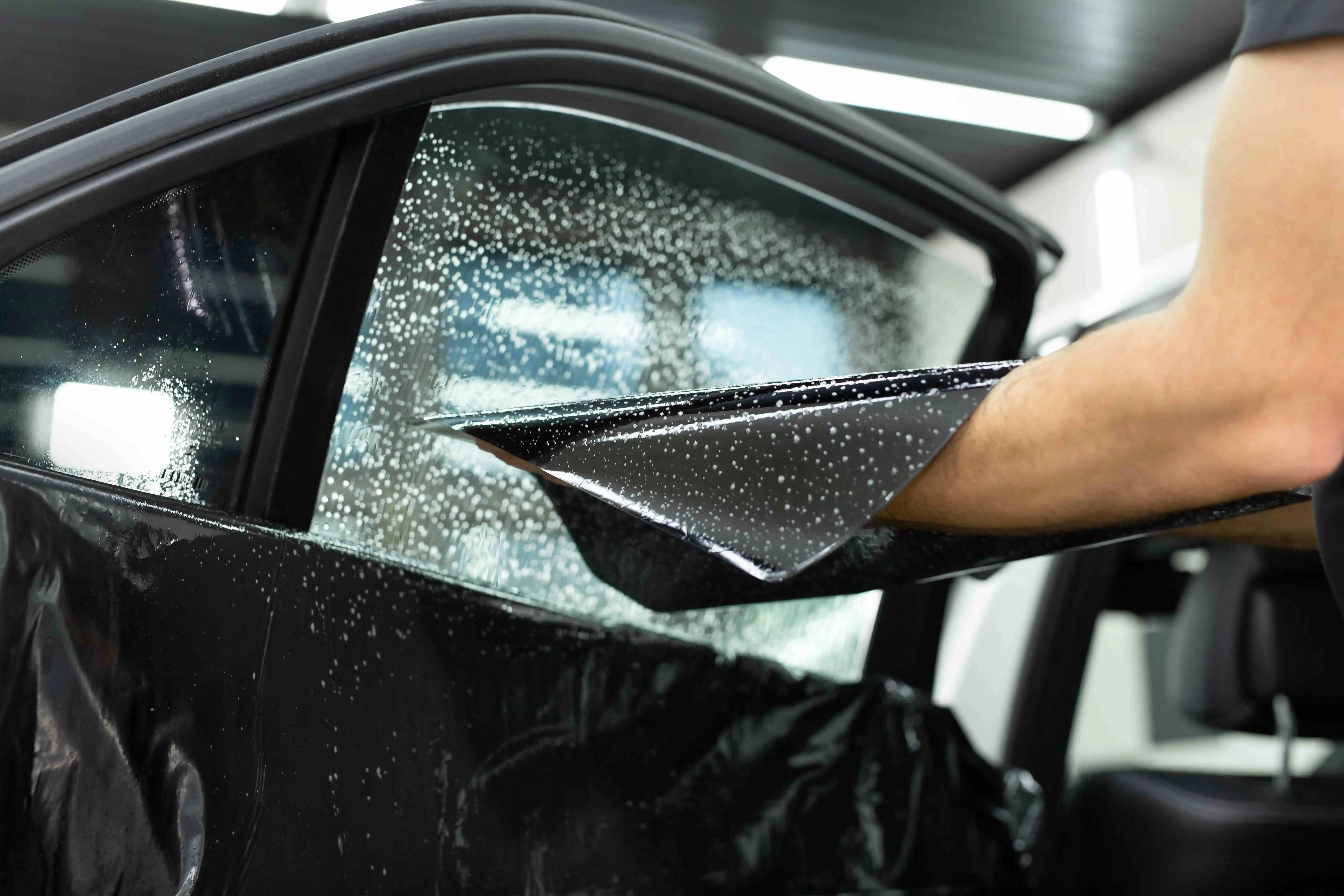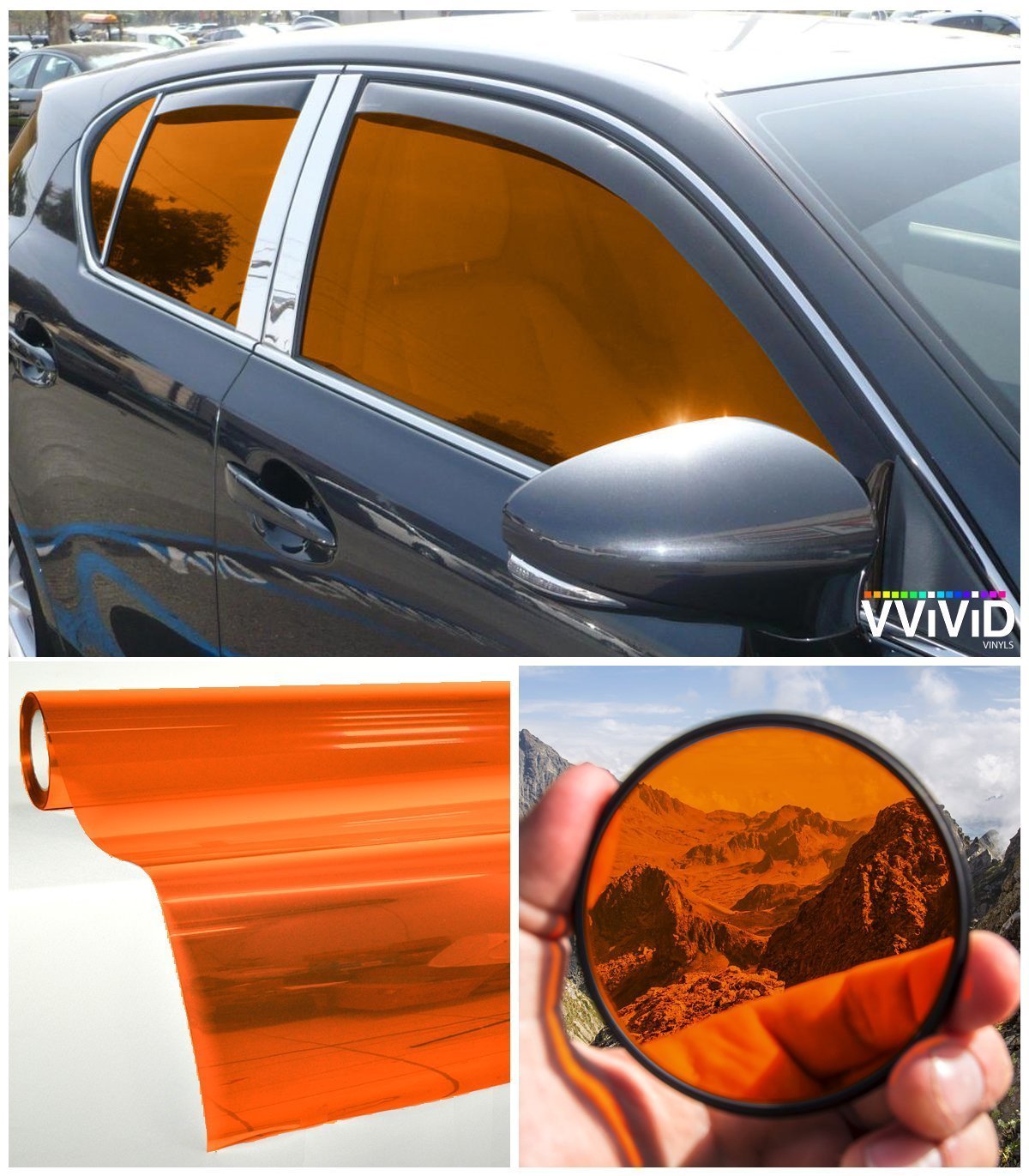Vehicle Window Tinting: What to Anticipate During the Installation Process
Vehicle Window Tinting: What to Anticipate During the Installation Process
Blog Article
Home Window Tinting Regulations and Guidelines: What You Need to Know Before Tinting Your Cars And Truck
Prior to proceeding with home window tinting for your car, it is crucial to acquaint on your own with the diverse legislations and standards that govern this technique across different states. These regulations dictate the acceptable degrees of color darkness, frequently determined by visible light transmission (VLT) percents, and include details stipulations for front windshields aimed at making sure road security.
Review of Home Window Tinting Laws
Window tinting legislations are frequently based on variant throughout various jurisdictions, mirroring local guidelines and security factors to consider. These regulations determine the permitted levels of color darkness and reflectiveness on automobile home windows, ensuring that drivers maintain adequate exposure while also shielding versus hazardous UV rays and warm.
A lot of regulations classify window tinting based upon the Visible Light Transmission (VLT) percent, which shows the quantity of light that can pass via the window. Usually, lower VLT portions signify darker tints. Regulations typically separate between the front, side, and rear home windows, with stricter limitations related to the front windshield to improve security for both the driver and other roadway individuals.
Additionally, some jurisdictions impose restrictions on the reflectivity of the tint, preventing excessive glare that might impair presence. Exemptions to these regulations might exist for people with details clinical problems requiring added sunlight defense. Conformity with window tinting policies is important, as offenses can result in fines, required removal of the tint, and possible increases in insurance policy costs. As a result, it is important for vehicle owners to acquaint themselves with neighborhood regulations before waging home window tinting setups.
State-by-State Tint Regulations
Understanding the particular home window tinting regulations in each state is important for automobile proprietors seeking to abide by the regulation. Each state in the united state has actually established its own set of regulations governing home window tinting, which can differ substantially. These regulations often determine the allowable degrees of tint darkness, the sorts of windows that can be tinted, and any type of clinical exceptions that might use.
As an example, states like The golden state have strict restrictions on color darkness for front windows, while others, such as New Mexico, might enable darker colors. Furthermore, certain states mandate details exposure portions for numerous windows, including the windscreen, front side windows, and back home windows. It is important for vehicle owners to acquaint themselves with their state's legislations to avoid prospective penalties or fines.
In addition, some states may require a certification sticker label to be put on tinted windows, showing compliance with state legislations. Failure to stick to these guidelines not just takes the chance of lawful consequences but can likewise affect security and exposure while driving. Vehicle owners must perform extensive study or get in touch with regional authorities to guarantee complete understanding and conformity with state-by-state tint regulations.
Allowed Color Levels and Kinds
Many lorry owners might be stunned to learn that enabled tint degrees and kinds differ extensively across various states. Each state has established its very own policies concerning the allowable darkness and reflectivity of home window tint, typically gauged by Visible Light Transmission (VLT) portions. VLT refers to the quantity of light that can pass with the tinted home windows; hence, a lower percentage indicates a darker color.

Moreover, the types of tint materials allowed can differ, with some states banning mirror-like or metallic finishes. It is necessary for lorry owners to familiarize themselves with their state's details regulations to ensure conformity. Non-compliance can cause fines, mandatory removal of the tint, or various other legal repercussions, making it important to understand these regulations prior to waging installation.
Medical Exceptions for Tinting
While not all states give allowances for clinical exemptions regarding window tinting, those that do acknowledge the look at more info need for particular individuals to enhance exposure and convenience as a result of medical conditions. Various medical conditions, such as lupus, skin cancer cells, and certain eye problems, can render individuals especially delicate to sunshine. As a result, these individuals might call for darker colors to shield themselves from hazardous UV rays and glow.

It is essential to note that despite having a clinical exemption, there might still be restrictions on the degree of color enabled. Conformity with state regulations ensures that individuals are both secured and within lawful limitations. Those considering medical exceptions need to call their local Department of Motor Automobiles or equivalent authority to recognize the needs and treatments essential to get an exemption effectively.
Fines for Non-Compliance
Stopping working to conform with window tinting regulations can bring about considerable fines, which vary by state. Regulation enforcement agencies are equipped to provide citations for lorries that do not adhere to the defined tinting guidelines. These penalties generally consist of penalties, which can vary from modest amounts to several hundred bucks, relying on the extent of the infraction and the state in inquiry.
In some territories, repeated offenses might result in rising penalties or additional charges, such as required court looks. Non-compliance might demand the removal of prohibited tinting, usually at the proprietor's expenditure. In extreme cases, habitual offenders might deal with suspension of their lorry enrollment until compliance is accomplished.
Additionally, insurance coverage implications may develop from obtaining several citations for home window tint offenses. Insurance companies might see such violations as More about the author an indication of riskier behavior, possibly resulting in raised premiums or trouble in protection.
To stay clear of these charges, it is vital for automobile owners to familiarize themselves with their neighborhood window tinting legislations and ensure that their vehicle complies (Window Tinting). This aggressive strategy not just avoids legal implications yet likewise advertises road safety
Verdict

The majority of laws categorize home window tinting based on the Visible Light Transmission (VLT) percentage, which indicates the quantity of light that can pass via the window. Compliance with window tinting guidelines is essential, as infractions can result in penalties, compulsory elimination of the color, and prospective rises in insurance coverage premiums.Comprehending the certain window tinting guidelines in each state is important for automobile owners seeking to comply with the law. These guidelines frequently dictate the allowable degrees of color darkness, the kinds of windows that can be tinted, and any medical exceptions that may use.
For circumstances, states like The golden state have stringent limitations on color darkness for front windows, while others, such as New Mexico, may allow darker tints.
Report this page